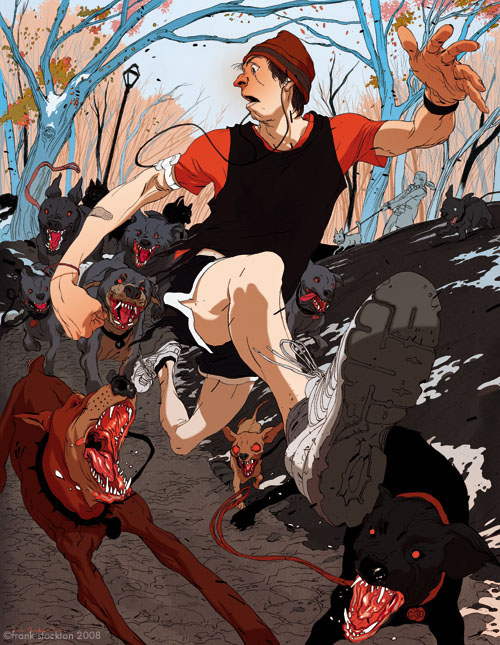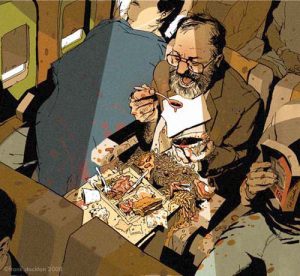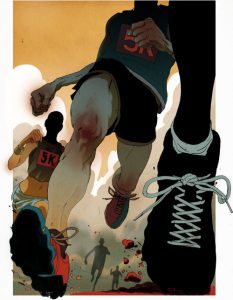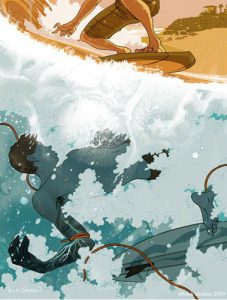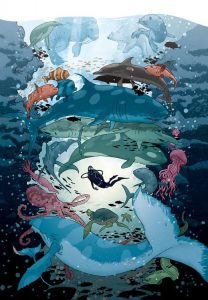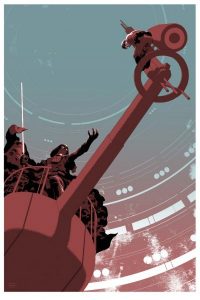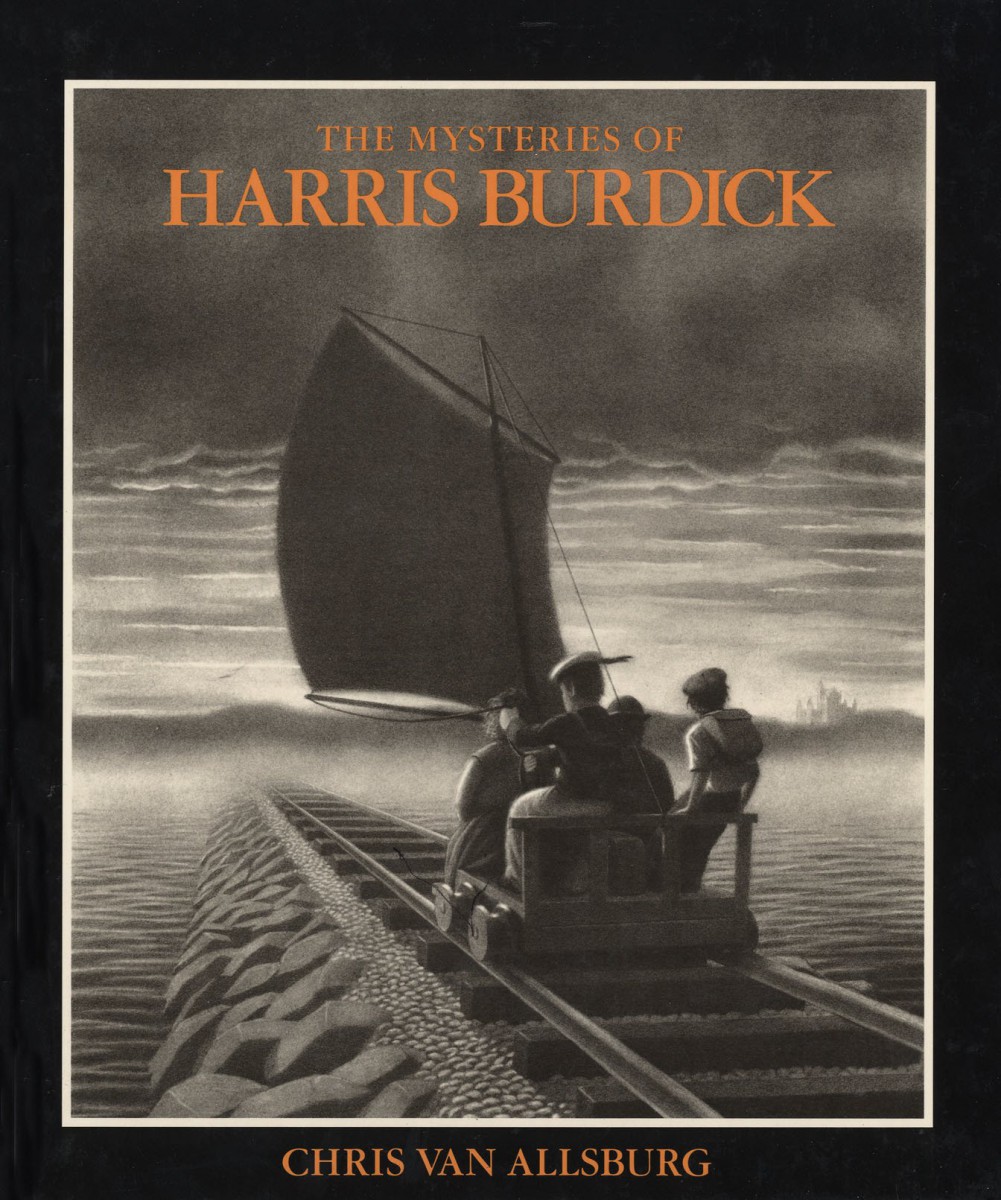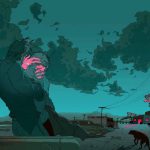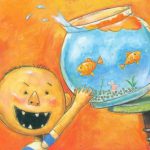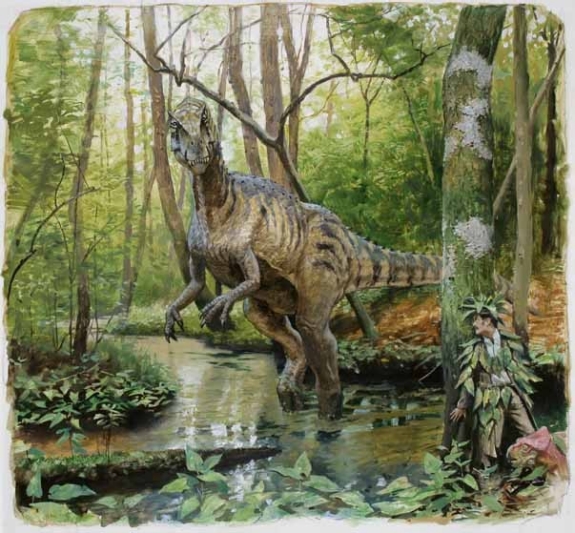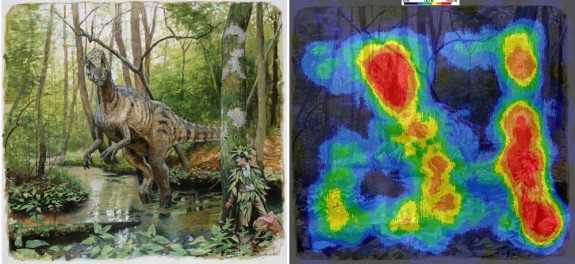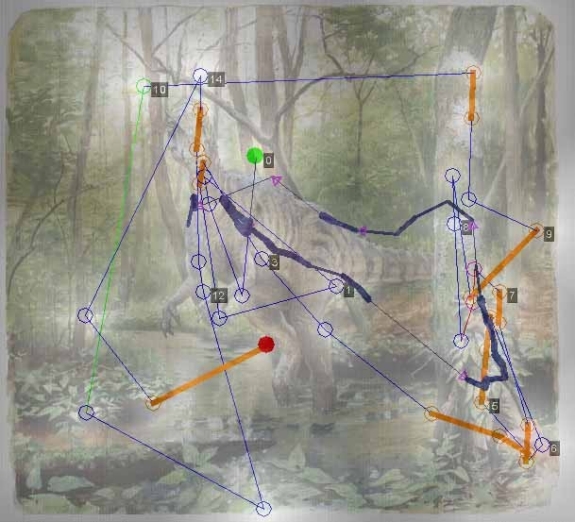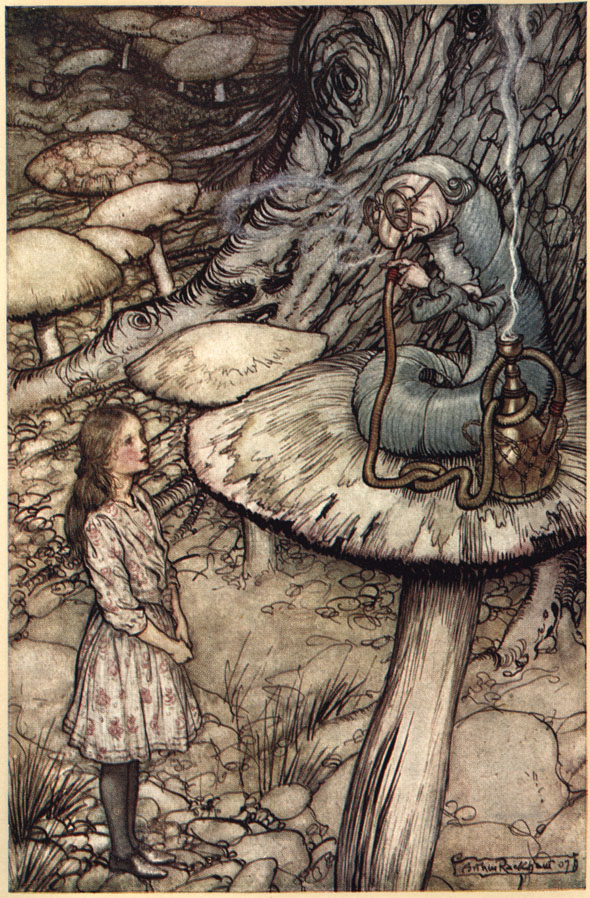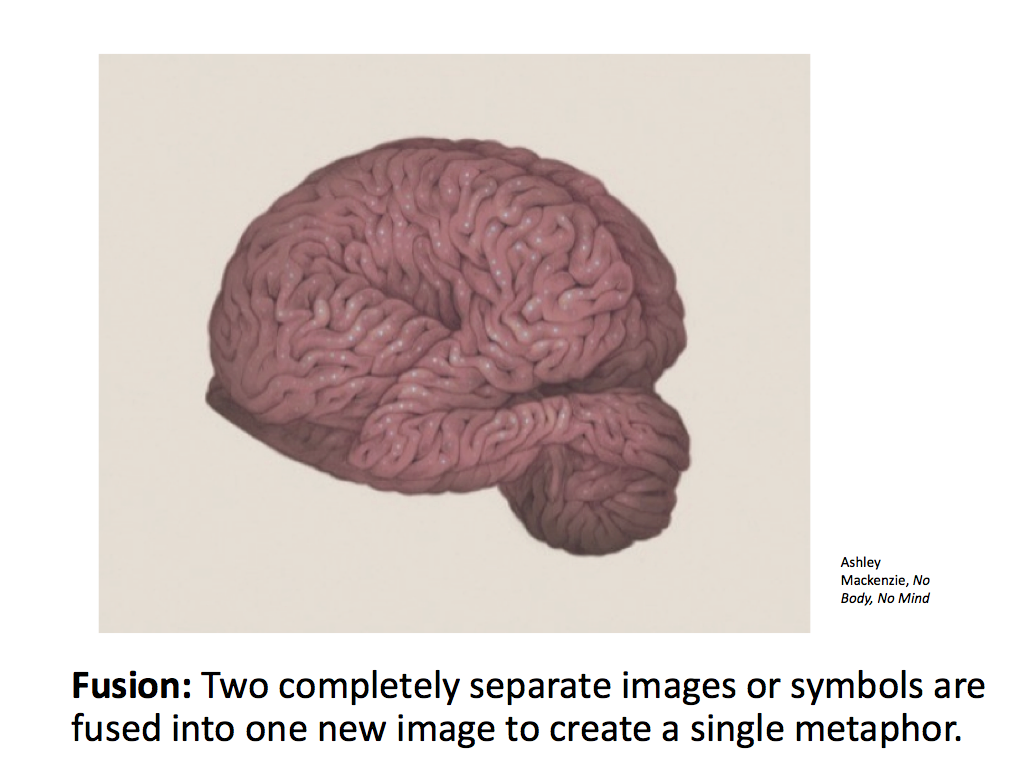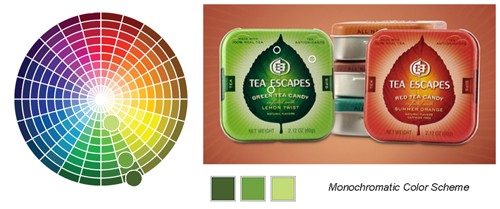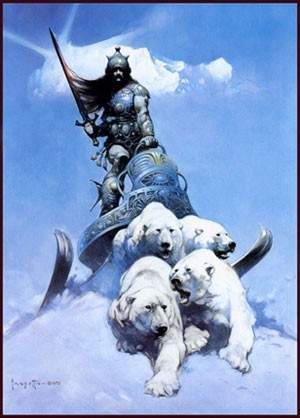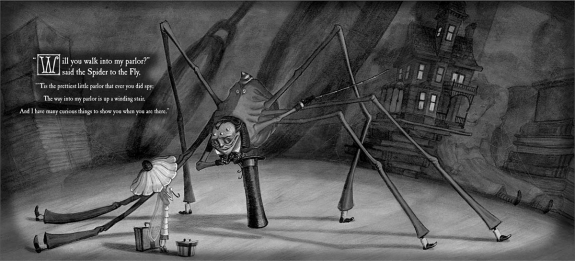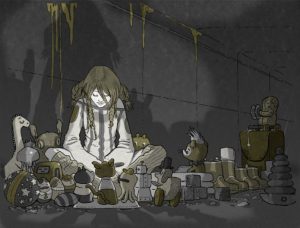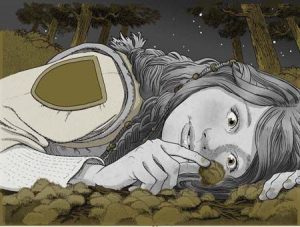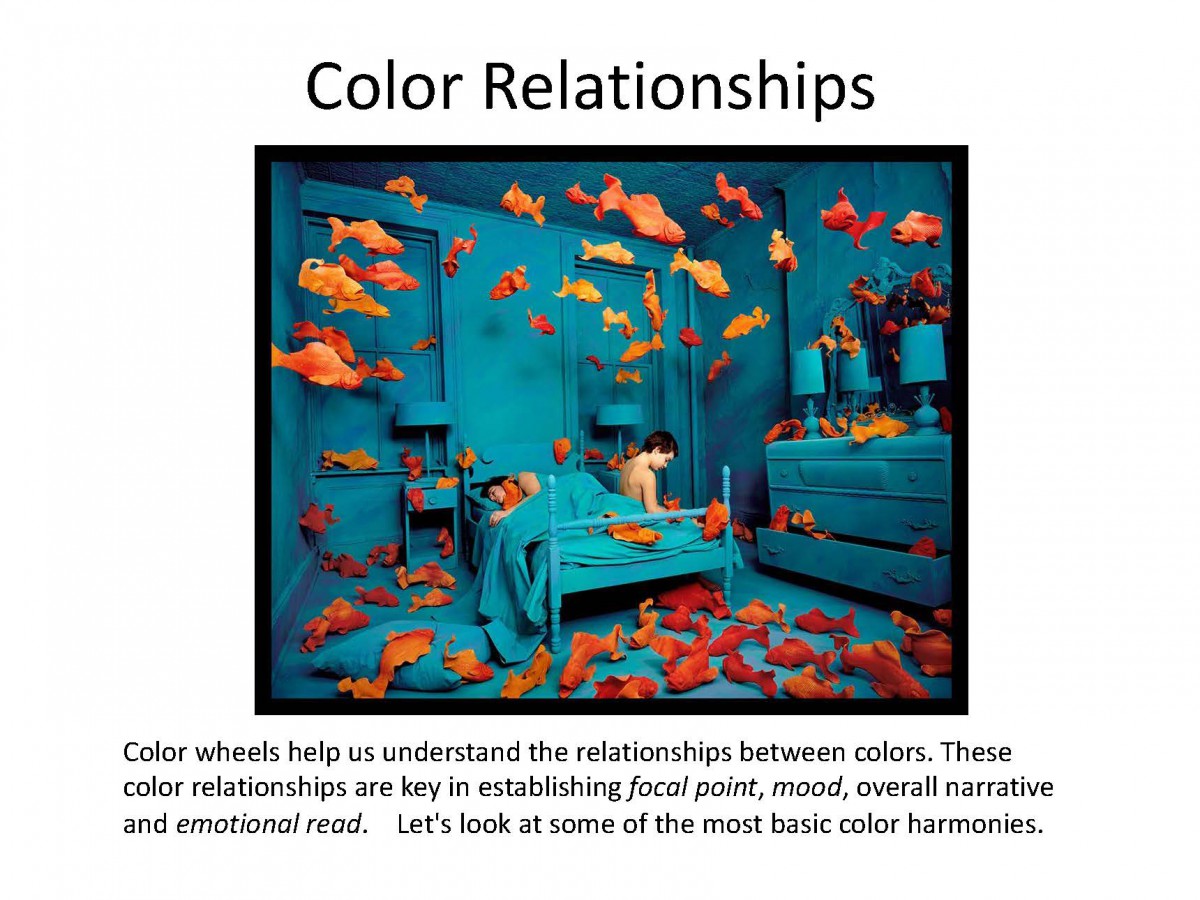Shaping the Scene: Layout and Action
Action can often suggest the layout and framing of a shot. As always we go back to our story. Ask yourself: What is the character doing? How do they feel about it? How should the viewer feel looking at this scene? How can I make this action totally clear to the viewer? These questions will help to dictate your layout (another word for composition) as well as help you choose your POV.
In this illustration by Frank Stockton notice how the action and feeling have dictated many of these decisions.
The Moving Camera
The world you see in an illustration can be very compelling, inviting you in for deeper analysis. Or not. Much of this depends of the point of view you see it from. After all, seeing a concert or play or a game from the nosebleed seats is not the same experience at all as being up close and personal with the action. Since in illustration you can choose your viewer’s vantage point, take the time to really consider it.
Frank Stockton is a comic book artist and illustrator who is known for using point of view like a boss! We just examined one of his images in detail on the previous page for exactly that reason.
As you look at the next series of images ask yourself once again: the illustrator could choose any point of view from which to show this scene, so why did he choose this one?

